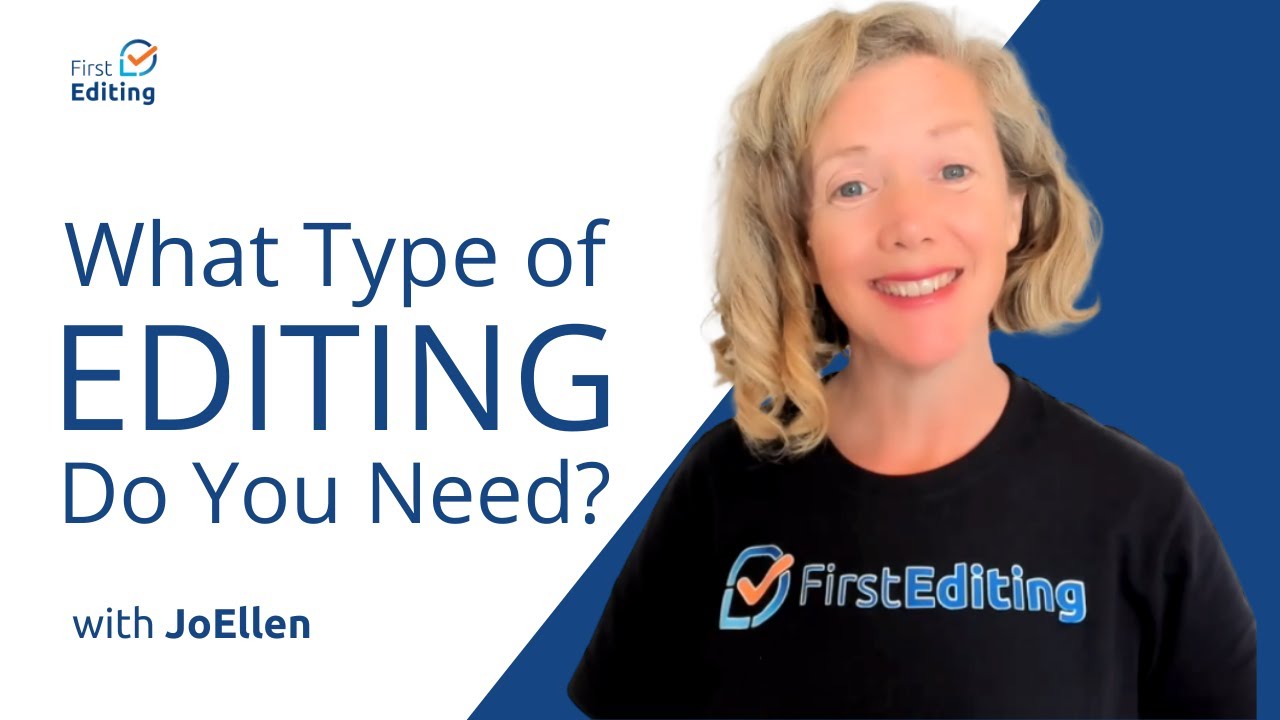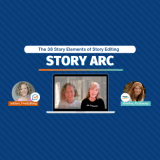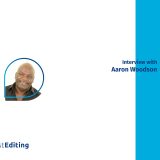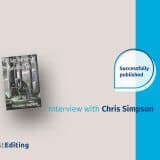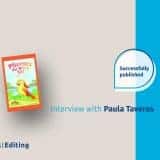
The first step in writing a paper for publication is to identify the target journal, as this will determine your audience and the level of scrutiny by the referees. It will also influence your writing style, the length and the format of the paper. Most journals have specific formatting and submission criteria. It is a good idea to follow these journal guidelines right from the start, as making corrections later can be time consuming and can lead to omissions. The specific format will determine the length of the abstract, required sections, figure and table numbering, style of headings etc. It will dictate all the aspects of the paper presentation, but most importantly it will determine the format of in-text citations and references. These days most journals are published in electronic form, thus examples of previously published works will be available on-line. It is wise to read a few to get an idea of language used, specific terminology, use of abbreviations, date and number presentation etc. It will also be a useful guidance for formats used for tables, equations, statistical expressions and other standard sections of your paper.
Once the paper is complete, it is wise to review it several times for any omissions, grammatical mistakes, punctuation marks etc. Carefully check all the headings and ensure that they are numbered sequentially and adhere to the required format. Table and figure captions and numbering, as well as their corresponding in-text citations, should also be carefully reviewed for consistency. Finally, carefully edit all the citations and references, as specific styles warrant use of different font types, number of authors included, order of information presented, use of commas or full stops as separators etc. Only when you feel that you have done all you could, seek help of professional editors. There is no point in paying for work that you could have easily done yourself. Professional editing services offer a wide range of editing levels to suit all clients, whether they just need a fresh pair of eyes to review their paper and ensure that no minor mistakes have been left undiscovered, to clients with English as a second language that need more extensive help with writing. There are professional editing services that cater specifically for academic clients and some are even advertised on peer reviewed journal websites. Such endorsements can be a useful guide in selecting the best editor for our work. But ideally you should be able to view some editing examples prior to making the decision. Here in FirstEditing this is provided through free editing samples of your work. Thus you can be the judge if the editor assigned to your project will meet your needs. In addition, the sample editing gives the editor the chance to assess the quality of your writing and make recommendation of the most appropriate editing level. As all our academic editors have PhDs and years of professional experience, you can be sure that their contribution to your paper will bring you a step closer towards successful publication.




